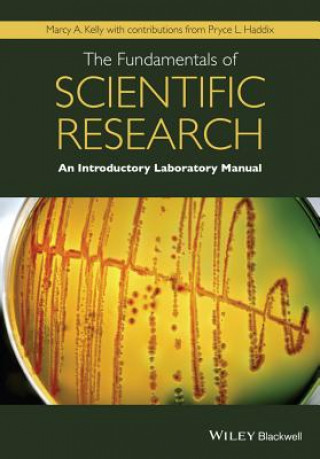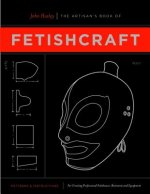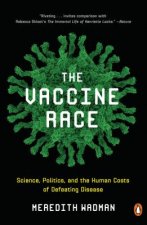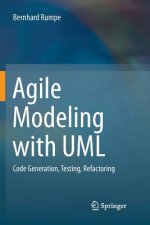
Kézbesítés
Vásárlási tanácsadó





Nem vált be? Semmi gond! Nálunk 30 napon belül visszaküldheti
 Ajándékutalvány
bármilyen értékben
Ajándékutalvány
bármilyen értékben
Ajándékutalvánnyal nem nyúlhat mellé. A megajándékozott az ajándékutalványért bármit választhat kínálatunkból.
Fundamentals of Scientific Research - An Introductory Laboratory Manual
 Angol
Angol
 157 b
157 b
30 nap a termék visszaküldésére
Ezt is ajánljuk


This laboratory manual is for first semester, undergraduate, science majors enrolled in a General Biology course focusing on cell biology. The laboratory curriculum centers on studying a single organism throughout the entire semester - Serratia marcescens. S. marcescens is a Gram negative bacterium that is unique in that it produces a red pigment, prodigiosin, at high cell density. It has been demonstrated that prodigiosin has several interesting properties; it is anti-microbial, it has shown to induce apoptosis in cancer cells, and it has been demonstrated that it has potential to act as an immunosuppressant. There are currently many research laboratories that are attempting to enhance the production of prodigiosin because of these unique properties. The overarching goal of the laboratory course described in this manual is to have the students learn about the organism so that they can generate and initially characterize mutants of the organism that over-produce the pigment.§§Mechanistically, the laboratory manual breaks down the laboratory course into two separate modules. For the first module, the students familiarize themselves with the organism and the equipment in the laboratory by performing growth curves, Lowry protein assays, quantifying prodigiosin and ATP production, and by performing complementation studies to understand the biochemical pathway responsible for prodigiosin production. They learn how to employ Microsoft Excel to prepare and present their data in graphical format and how to use specific calculations to convert their data into meaningful numbers that can be compared across experiments. The second module requires that the students employ UV mutagenesis to generate hyper-pigmented mutants of S. marcescens for further characterization. They use experimental data and protocols they learned during the first module of the course to help them develop their own hypotheses, experimental protocols, and to help them analyze their data.§§For each laboratory session, students are required to answer pre-laboratory questions that are designed to probe their understanding of the required pre-laboratory reading materials (which includes the experimental background and protocol for that session and, in some cases, relevant primary scientific literature related to the experiments they will be performing in the laboratory). The questions also guide the students through the development of hypotheses and predictions. Following each laboratory, the students are required to answer a series of post-laboratory questions to guide them through the presentation of their data, analysis of their data, and placing their data into the context of the primary literature. They are also asked to review their initial hypotheses and predictions to determine if their conclusions support their initial ascertains. If their conclusions do not support their initial ascertains, the students are asked to provide possible explanations as to why they think their conclusions did not agree with their hypotheses. The pre-laboratory and post-laboratory questions were designed to assist the students with the preparation of the two formal laboratory reports required in the laboratory manual. One formal laboratory report must be completed after the first module and the other, after the second module of the laboratory. The format for the formal laboratory reports is similar to that of primary scientific literature.
Információ a könyvről
 Angol
Angol




 Hogyan vásároljunk
Hogyan vásároljunk






















